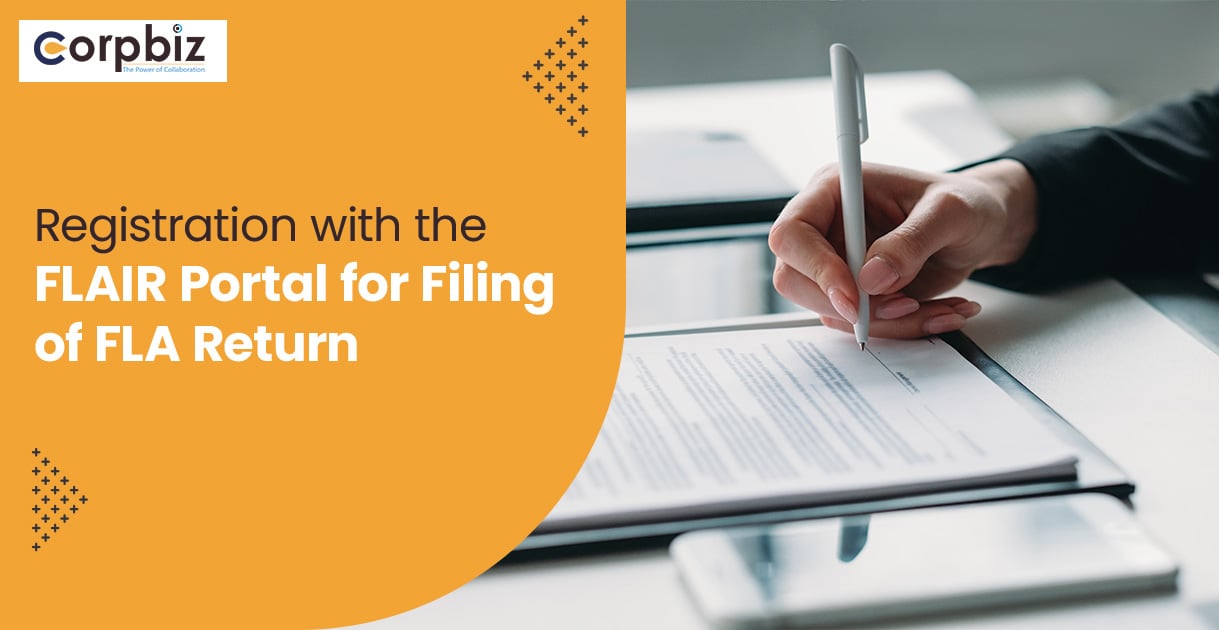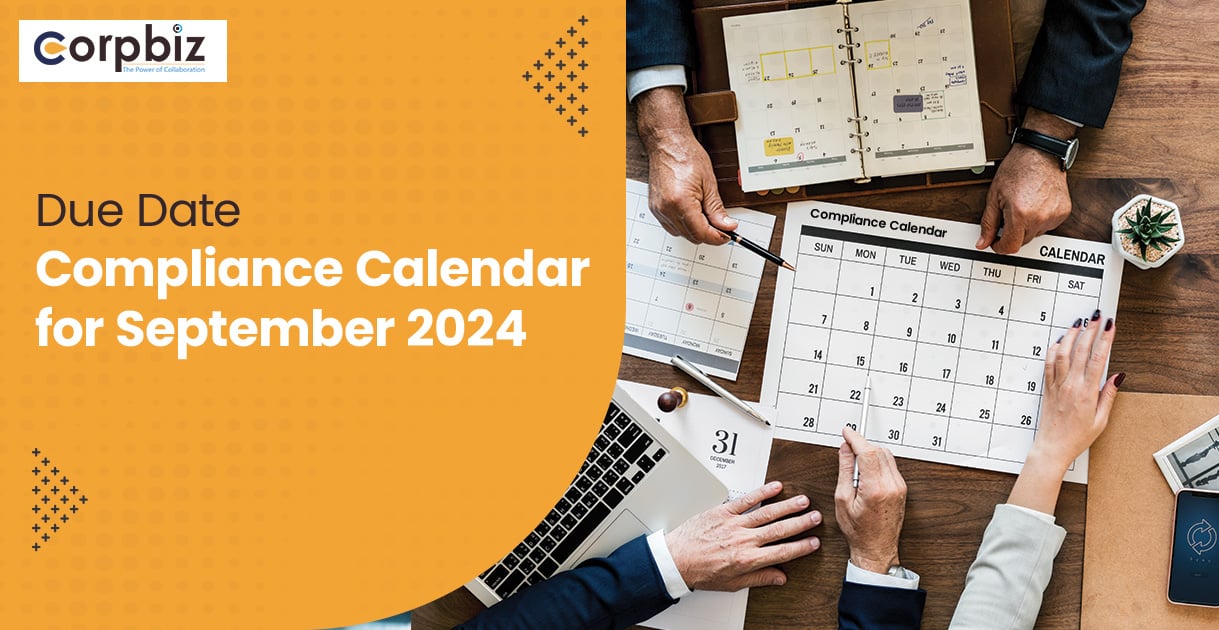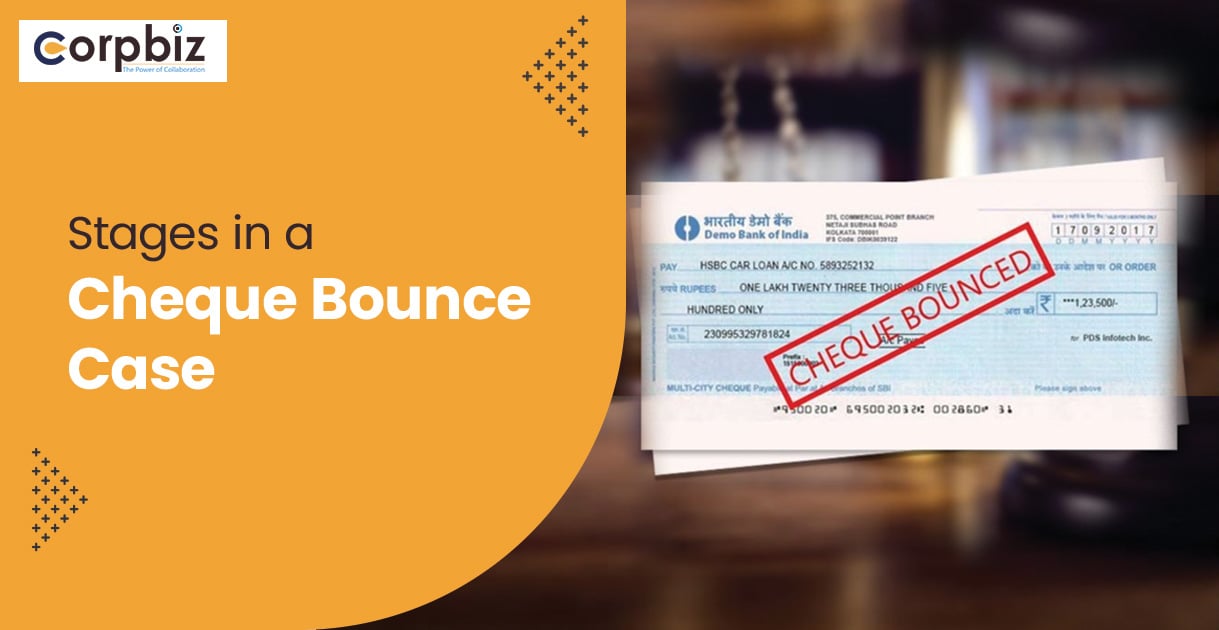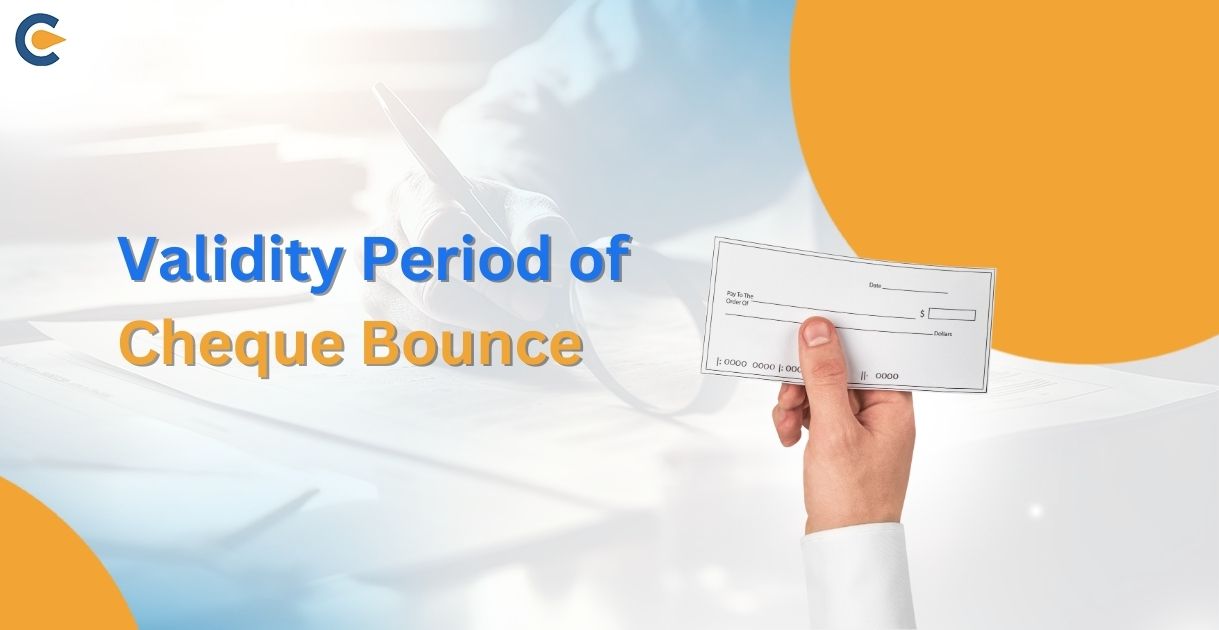UPI payments are widely used in day-to-day financial transactions today. Transactions up to one lakh can also be done through UPI. Despite these digital payments, cheques remain a widely used mode of payment in India. Unlike digital payments, cheques have a more formal tone and are preferred for payments, especially above a lakh. They are safer than cash payments and easily traceable.
However, there are times when the cheques get dishonoured due to several reasons like insufficient funds in the drawer. This is termed a “cheque bounce”. This is not treated as a mere financial inconvenience but a legal offence under Indian Law. It can create civil as well as criminal liability against the drawer. This article purports to explain what is a cheque bounce, what are its consequences, and what steps to take if you receive a notice for a cheque bounce.
Why does Cheque Bounce take Place?
As stated earlier, cheque bounces happen when a bank dishonours the cheque. It means that the cheque cannot be processed or cashed by the payee. There are several reasons why the payee’s bank dishonours the cheque. They are as follows:
1) Insufficient Funds:
Insufficient funds in the drawer’s account is the most common reason for cheque bounce. If the amount specified in the cheque is not available in the drawer’s account, the payee’s bank dishonours the cheque.
2) Signature Mismatch:
If the signature on the cheque does not match the signature on record with the drawer’s bank, the cheque bounces. It often happens due to changes in some strokes or a different signature used in the same by the drawer.
3) Post-Dated Cheque:
If a cheque has been issued with a future date, it cannot be encashed by the payee and thus the bank refuses to honour it until the specified date.
4) Stale Cheque:
A cheque usually has a validity period of 3 months. If the payee furnishes the cheque before its bank after the cheque expires, it will be dishonoured by the bank.
5) Closed Account:
If the account of the drawer itself has been closed, then the cheque in benefit of the payee cannot be honoured, as no money can be transferred from the drawer’s account to the payee.
6)Mismatching Amount:
If the amount specified in the numbers does not match the one specified in the words in the cheque, the bank will dishonour the cheque for the ambiguity it contains.
7) Overwriting:
If there is any overwriting or suspected alteration in the cheque, the bank shall dishonour the cheque for the sake of safety from any kind of fraud.
8) Stop Payment Request:
If the drawer has requested its bank to stop the payment for any particular cheque, the bank shall dishonour the cheque -preventing it from being cashed.
9) Frozen or Attached Account:
If the account has been frozen for reasons like the death of the drawer, if it has been attached as a result of legal action against the drawer, or if the account has been dormant for a long time due to activity, in such cases, the bank shall not honour the cheque.
Consequences of Cheque Bounce
A cheque bounce can create civil as well as criminal liability depending on the course of action the beneficiary of the cheque chooses.
While the criminal action is moved under Section 138 of the Negotiable Instruments Act, 1881, a civil action can be filed under Order XXXVII of the Code of Civil Procedure, 1908, which deals with Summary Suit. Both can be understood in detail under the following heads:
Criminal Action Consequences:
As per Section 139 of the Negotiable Instruments Act of 1881, if the cheque of the drawer is dishonoured for the reason that the account had an insufficient balance or the payment of the amount exceeds the minimum balance requirement of that bank, then he shall be liable for up to 2 years of imprisonment or up to twice the amount of the cheque as fine or with both.
The court may also order the convicted drawer to pay compensation to the payee for the loss that he suffered because of the dishonoured cheque. This compensation may be included in the fine itself or may be asked to pay separately by the court. The convicted may also be ordered to pay the legal costs and expenses incurred by the payee in filing and fighting the case against him.
Civil Action Consequences:
If the payee goes for a civil course of action, he shall file a suit under Order XXXVII before the civil court. In this suit, the payee shall seek a decree to revolver the amount of the cheque along with interests and the costs incurred for lodging and fighting a suit against the drawer.
The payee may seek an injunction to prevent any actions of the drawer, like transferring the money from his account before the account gets attached or any other acts that are intended to leave the payee without remedy and defraud him.
If the drawer doesn’t honour the decree, the payee may file an execution petition against him that might lead to the attachment of the drawer’s property, either movable or immovable.
Receiving a Notice for Cheque Bounce
Receiving a cheque bounce notice can be a daunting experience especially when one is unaware of the legal consequences of the same. For this, let’s have an insight into the legal notice that is served for cheque bounce and understand how to deal with it.
The Legal Notice
It is essential for the drawer to read the legal notice carefully before deciding on any further course of action. The legal notice shall have the following things mentioned in it:
1) Details of the Transaction:
The legal notice shall state the background under which the cheque was issued by you to him. It will state the transactions or the reason why the cheque was issued to him. It will also state the amount, date, and the parties involved in the transaction.
2) Cheque Details:
The notice will have information on the cheque that got bounced, like the cheque number, the bank on which it was drawn, and the reason stated by the bank in the memo for dishonouring it, etc.
3) Demand for Payment:
The most important part of that notice shall be that it will demand the payment of the money. This section is mandatory under section 138 of the Negotiable Instruments Act, 1881. If the money has not been demanded through a notice and the payee goes directly for legal action, then it will be deemed that he has not exhausted his available remedies and failed to fulfil the requirement of serving notice to the drawer. The notice shall state a 15-day notice period within which the drawer has to pay the money to the payee.
4) Consequences of Non-payment:
The notice shall state the consequences of non-payment of money within the specified notice period. It may tell that a criminal action will be undertaken or a civil action or or may tell that the consequences shall be a legal action but not mention anything specifically.
Steps to Follow after Receiving a Legal Notice of Cheque Bounce
Once you have read the notice thoroughly, the following course of action should be undertaken immediately:
1) Look for discrepancies:
Look for any discrepancies between the notice and the actual facts. If the cheque number or any information regarding the cheque is incorrect, or if the reason for the dishonour of the cheque or the information regarding the transaction is different, note that down. Verify the reason for the cheque bounce thoroughly.
2) Evaluate the legitimacy of the claim:
Assess whether the claims made in the notice are legitimate. Consider the following questions while assessing:
1. Was the cheque issued for a legally enforceable debt or liability?
2. Was the cheque presented before the expiry of its validity period?
3. Is the amount claimed in the notice accurate?
If after checking, you think that the claim is not legitimate or the notice has been sent under disputed circumstances then you will have to contest the notice.
3) Consult a legal expert:
Tell the legal expert about all the discrepancies between the actual facts and the notice. Let them know why the claim you feel is not legitimate. Even without such discrepancies, the lawyer will be able to guide you through the process and take the appropriate course of action for the same, i.e. to send a reply to the notice within 15 days of the notice period.
Response to the Notice
After supplying facts about the transaction to the lawyer, he may take any one of the following courses of action while replying to the notice:
1) Amicable Settlement
If you acknowledge that the claim of the payee is legitimate, then a notice reply will be sent acknowledging the receipt of the notice as well as the claim. An amicable settlement will be called, where the claimed payment shall be made.
When paying the amount, one must make sure that a proper acknowledgement is obtained from the payee of the payment received by him. Another thing that can be done during the settlement is negotiating the claim. If the negotiation is successful, then the drawer will have to pay the amount as per the negotiation, with a written document stating the negotiation between both parties and the amount paid in lieu of that settlement.
2) Dispute the Claim
If you find the claim of the payee as illegitimate, then the reply shall be filed acknowledging the receipt of the notice and stating the grounds under which the claim is illegitimate. Some common grounds under which the notice is contested are:
1. Absence of Legally Enforceable Debt:
If the cheque was issued as a gift, donation, or for any purpose other than a legally enforceable debt or liability, you can dispute the claim. For example, if the cheque was issued as security for a loan that was never disbursed, the payee has no legal right to demand payment.
2. Forgery or Fraud:
If the cheque was fraudulently altered without your consent or forged, then you can contest the notice on the grounds of forgery or fraud.
3. Stale Cheque:
If the cheque bounced because the payee did not encash it before the validity period, usually 3 months from the date of issuance of the cheque, you have a ground to dispute the claim.
4. Stop Payment Instructions:
If you gave stop payment instructions to the bank because of a dispute with the payee, you can use this as your defense, giving legitimate reasons why you did so.
A clear, concise reply stating the grounds on which you dispute the claim, along with evidence, such as copies of bank statements, communication records, or agreements, should be attached to it. This shall be drafted by a lawyer considering all the legal angles to it. All the evidence with regard to the matter should then be preserved for litigation purposes. This includes copies of the cheque, return memo, bank statements, communication records, and any agreements or contracts related to the transaction.
Legal Proceedings
A summon under section 138 of the Negotiable Instruments Act, 1881, may be sent to you, or a civil court’s summon may be issued for you. Engage a lawyer immediately for the same and regularly attend the court proceedings. Act strictly in accordance with your advocate while standing for oral hearings before the court and giving statements before the court.
Outcome
In case of criminal proceedings, the outcome might be a conviction, an acquittal, or a settlement between the parties, where you and the payee opt to negotiate and style. In the civil course of action, it shall be a decree approving the claim or may pass a dismissal order. A settlement can also be done and brought before the court to close the matter. In this way, the whole process after the notice commences and ends.
Conclusion
Receiving a notice for a cheque bounce is a serious affair. It should be dealt with prompt and measured actions. Though a reply to the notice is not mandatory, however no reply to the notice becomes detrimental to the case.
It is always good to ensure while receiving such notice if you were legally liable to pay to the payee or was it just a generous act of yours that cannot be compelled against you. It is also essential to check whether the notice sent fulfils all the requirements of the notice. Being vigilant in future cheque transactions is a lesson that comes with all these intricacies.
If you want to get expert assistance from legal professionals in order to reply to a cheque bounce legal notice, visit Corpbiz.
What is a cheque bounce?
A cheque bounce occurs when a cheque presented to the bank cannot be processed due to various reasons, such as insufficient funds, mismatched signatures, overwriting, or a closed account. The bank returns the cheque unpaid, leading to a cheque dishonour.
What are the legal implications of a cheque bounce in India?
In India, cheque bounce is a criminal offence under section 138 of the Negotiable Instruments Act, 1881. The drawer (the person who issued the cheque) can face criminal charges, which may result in imprisonment of up to two years, a fine that could be twice the cheque amount, or both.
What should I do if my cheque bounces?
If your cheque bounces then you should promptly arrange to pay the amount mentioned in the cheque. After payment, you should ask for a written acknowledgement of the payment from the payee. However, if you have legitimate grounds to contest the notice, then you should immediately seek a lawyer and send a reply to the notice through him. All this should be done within the notice period which is fifteen days.
Can a cheque bounce case be settled out of court?
Yes, a cheque bounce case can be settled out of court. The drawer and the payee can negotiate a settlement, where the drawer agrees to pay the amount, sometimes with interest, in exchange for the withdrawal of the case.
What happens if the drawer does not respond to the legal notice?
If the drawer does not respond and fails to pay the cheque amount within 15 days of receiving the legal notice, the payee can file a criminal complaint in court within 30 days after the 15-day period expires.
Read Our Article: Stages in a Cheque Bounce Case











